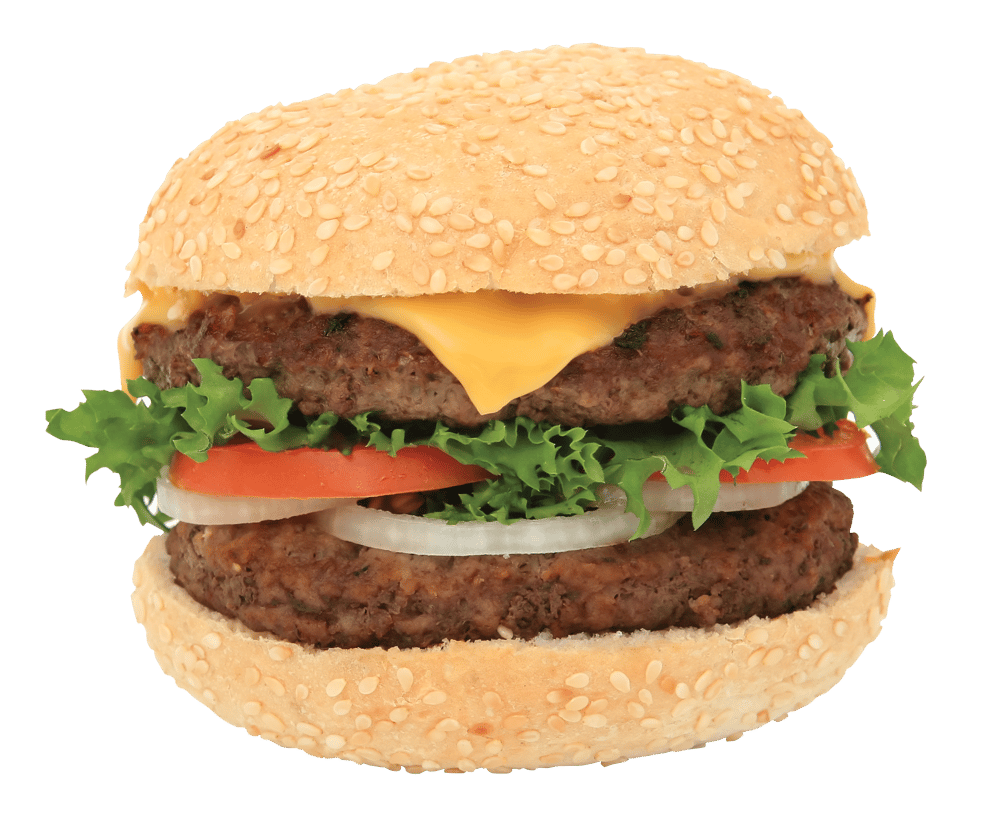
Issue 066
September 2010
It’s the middle of summer and while some are looking at dropping body fat to make weight classes, others simply want to look good on the beach! Whatever your motivation for fat loss, the principles behind it are the same
Fat loss can be broken down into two fairly distinct sections: calorie intake and calorie expenditure. There are also specific nutrients and sports nutrition products that can help to speed up the process.
CALORIE EXPENDITURE
On a very basic level, increasing calorie expenditure simply means doing more exercise. When most people aim to strip body fat they tend to ignore resistance training and hop straight on the treadmill instead. Resistance training has its own benefits – it stimulates the metabolism (and therefore calorie expenditure) for a prolonged period when compared to cardiovascular training. Maintaining or increasing lean body weight also results in the body burning more calories.
When considering cardiovascular training, many people are unsure whether to perform low intensity exercise for a long period (for example, an hour’s walking) or to perform high intensity exercise for a shorter period (for example, repeated sprints). Advantages of high intensity training include increased calorie expenditure during exercise and even the following 24 hours after exercise! One of the advantages of low intensity exercise is a higher percentage of fuel coming from fat.
Putting it all together, sessions to increase calorie expenditure (away from training) could go as follows:
Mon 5 mins steady-pace cycle; 10 x 15 seconds sprint – 45 seconds active recovery; 5 mins steady-pace cycle
Tue 60 mins walk
Wed Have a break
Thu 5 x 500m maximal effort on rower (60 seconds recovery between rounds)
Fri 45 mins steady pace Cross-Trainer
Sat 60 mins walk
Sun Take off
This provides a balance between increased calorie expenditure, fat metabolism and recovery to focus on.fight training.

CALORIE INTAKE
While expending large amounts of calories can take a concerted effort, consuming calories through food is all too easy. For example, burning 600kcal in the gym may take an hour or so, whereas consuming 600kcal through junk food takes about five minutes.
Aim for a sensible amount of calories during the day. ‘Sensible’ is relative to bodyweight and training intensity. A very simple equation is body weight in pounds multiplied by ten. A 70kg person is 154lb, and would need 1,540 calories to get through the day. If you’re very active you may wish to add 250-500kcal to that figure.
One important consideration when managing calorie intake is the calorie value of carbohydrate, fat and protein; whereas carbohydrate and protein have 4kcal per gram, fat has 9kcal. A food containing 10g of carbs, 10g of protein and 10g of fat, looks like this:
10g of carbs x 4kcal = 40kcal from carbs
10g of protein x 4kcal = 40kcal from protein
10g of fat x 9kcal = 90kcal from fat
When looking at labels it seems the different food groups evenly contribute to the total calorific value, but there are often more calories from fat than carbohydrate and protein combined. Many people often get caught out by this, particularly when purchasing frozen foods. It can be described as ‘hidden calories’.
SPORTS NUTRITION
Sports nutrition products that contain ingredients such as caffeine, green tea, bitter orange peel, etc. are designed to increase your metabolism so your body burns more calories (calorie expenditure). Products that have good amounts of protein can reduce your appetite by making you feel fuller and increasing the levels of certain appetite-suppressing hormones (which can help reduce calorie intake). This complements the training and dietary choices already made.
The next step is to assess how much fat you actually need to lose. You’ll then have an idea of how much dietary / exercise manipulation is required. As a guide, a 3,500kcal deficit is needed to illicit a one-pound drop in fat, so a 500kcal increase in energy expenditure and a 500kcal decrease in energy intake per day should illicit two pounds of weight loss over a week.
So increase your expenditure, decrease intake to sensible levels, utilize sports nutrition (where appropriate) and you’ll be lean for the cage or beach.
DID YOU KNOW?
Get Ripped With Sports Nutrition!
Fat loss supplements can work as part of your nutrition and exercise program to make sure the time and effort you invest in the gym pays off. You’ll lose weight, drop inches from your waist, and perform better than ever!
A high-quality protein formula taken immediately after exercise will help you recover in time for your next workout. Fat-burning capsules can help shift those stubborn pounds, while Omega 3 and Omega 6 essential fats (along with vitamin E) help to support optimal fat metabolism, health and immune function.
Don’t forget to stay hydrated. Drinking 4-5 liters of cold water every day (on top of your consumption during training) will help your body metabolize fat, but there is one beverage everyone looking to burn fat should drink. Green tea contains natural fat burners such as caffeine and is full of powerful antioxidants, helps regulate blood glucose levels and is rich in catechins, which help promote lower body fat levels and cholesterol.
...









